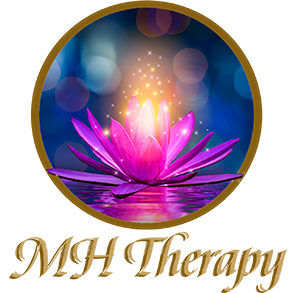Motivation is a powerful force that drives human behaviour. It is the inner drive that compels us to take action, achieve our goals, and pursue our dreams. Understanding the psychology behind motivation can help us unlock our inner drive and harness its power to achieve success in various aspects of our lives.
At its core, motivation is influenced by a complex interplay of internal and external factors. These factors can include our beliefs, values, emotions, and past experiences, as well as external rewards, such as praise, recognition, or financial incentives. Psychologists have identified several theories that help explain how motivation works and how we can use it to our advantage.
Theories Of Motivation:
One of the most well-known theories of motivation is Maslow’s hierarchy of needs. According to Maslow, human beings are motivated by a hierarchy of needs, starting with basic physiological needs, such as food, water, and shelter, and progressing to higher-level needs, such as safety, love and belonging, esteem, and self-actualization. Maslow believed that individuals are motivated to fulfil these needs in a sequential order, with higher-level needs becoming more important once lower-level needs are met.
Another influential theory of motivation is the self-determination theory (SDT), which proposes that people are motivated by the need for autonomy, competence, and relatedness. According to SDT, individuals are most motivated when they feel that they have control over their actions (autonomy), when they feel capable of achieving their goals (competence), and when they feel connected to others (relatedness).
Intrinsic and Extrinsic Motivation
In addition to these theories, psychologists have also studied the role of intrinsic and extrinsic motivation in driving behaviour. Intrinsic motivation refers to the desire to engage in an activity for its own sake because it is inherently satisfying or enjoyable. Extrinsic motivation, on the other hand, refers to the desire to engage in an activity for external rewards or to avoid punishment.
Understanding the differences between intrinsic and extrinsic motivation can help us cultivate a more sustainable and fulfilling form of motivation. While extrinsic rewards can be effective in motivating behaviour in the short term, they may not be as effective in the long term. In contrast, intrinsic motivation, which is driven by internal factors such as curiosity, interest, and passion, can lead to more sustained and meaningful engagement in activities.
Unlocking the Inner Drive:
So how can we unlock our inner drive and harness the power of motivation to achieve our goals? One key strategy is to set clear, achievable goals that are aligned with our values and aspirations. By setting specific, measurable, attainable, relevant, and time-bound (SMART) goals, we can create a roadmap for success and stay motivated as we work towards achieving them.
Another important strategy is to cultivate a growth mindset, which is the belief that our abilities and intelligence can be developed through effort and perseverance. By adopting a growth mindset, we can overcome obstacles and setbacks more effectively, stay motivated in the face of challenges, and continue to learn and grow.
Conclusion
In conclusion, the psychology of motivation is a fascinating and complex field that offers valuable insights into human behaviour. By understanding the factors that influence motivation and adopting strategies to cultivate a more sustainable form of motivation, we can unlock our inner drive and achieve success in our personal and professional lives.



